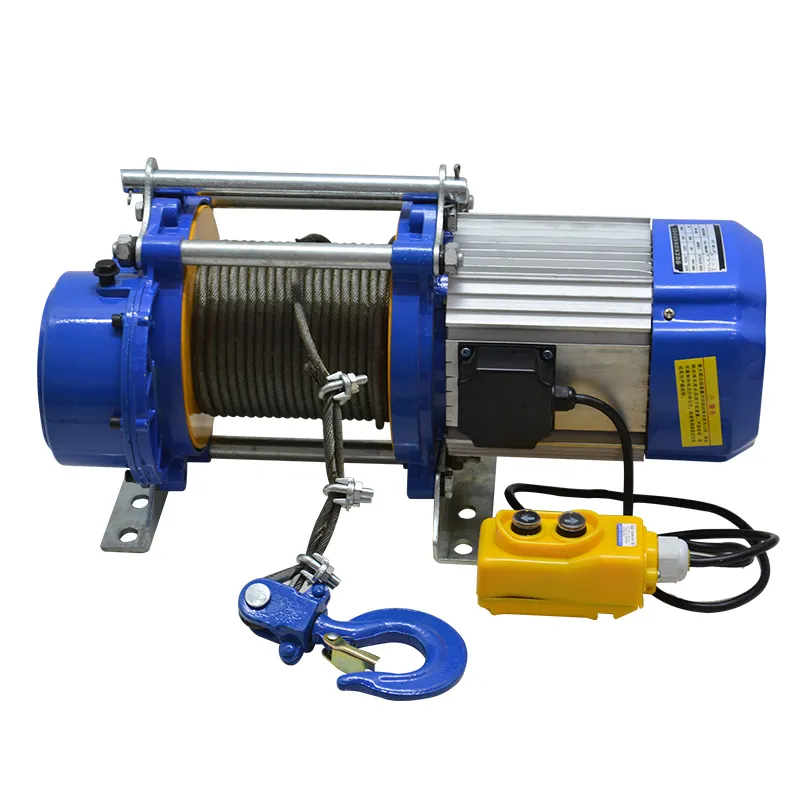


Understanding the Price Trends of Lever Hoists
Lever hoists are essential tools that provide reliable lifting solutions across various industries, from construction to manufacturing and beyond. The price of lever hoists can vary significantly depending on several factors, including brand, load capacity, type, and additional features. In this article, we will explore what influences the pricing of lever hoists and how to choose the right one based on your needs.
What is a Lever Hoist?
A lever hoist, also known as a chain hoist or manual hoist, is a simple lifting device that uses a lever and a chain to raise or lower heavy loads. These devices are primarily designed for vertical lifting but can also be used for horizontal pulling. Their compact size and portability make them popular among professionals and DIY enthusiasts alike.
Factors Influencing the Price
1. Load Capacity One of the most significant factors affecting the price of a lever hoist is its load capacity. Hoists are available in various capacities, typically ranging from 0.5 tons to 10 tons or more. Higher capacity hoists usually come at a higher price due to the materials and engineering required to safely lift larger weights. When selecting a hoist, it’s essential to choose one that matches the expected load to ensure safety and efficiency.

2. Material and Construction The materials used in manufacturing a lever hoist play a crucial role in its durability and cost. Hoists made of high-quality steel or aluminum will generally be more expensive but will also provide better longevity and performance. Cheaper models often use lower-grade materials, which can compromise safety and efficiency, especially under heavy loads.
3. Brand Reputation Brand can significantly impact the price of a lever hoist. Well-established brands with a reputation for durability and reliability tend to charge more due to their proven track record. While it might be tempting to opt for cheaper, lesser-known brands, it’s essential to consider the potential risks involved with quality and safety.
4. Features and Functionality Advanced features such as automatic braking systems, integrated safety hooks, or additional gears for increased lifting speed can also influence price. While these features can enhance usability and safety, they come at a premium. Depending on your specific requirements, it may be worth investing in a model with more features to improve efficiency and safety when lifting.
5. Compliance and Certifications Lever hoists may need to comply with specific safety standards and regulations depending on their intended use. Hoists that meet industry standards or come with certifications from recognized safety organizations may carry a higher price tag. However, investing in certified equipment is crucial for workplace safety and compliance.
Conclusion
When considering the price of lever hoists, it’s essential to assess the various factors that contribute to cost. By understanding how load capacity, materials, brand reputation, features, and compliance can affect pricing, buyers can make informed decisions that suit their specific lifting needs. While there are economical options on the market, investing in a higher-quality, reliable lever hoist can lead to better performance, safety, and longevity in the long run. Always consider your specific requirements and the potential return on investment, ensuring that your choice will effectively support your lifting tasks in a safe and efficient manner.



